Reviewed by: Jame Jimenez
Transform Your Cooking in 15 Minutes: Game-Changing Hacks You Haven't Tried
Difficulty: Novice
Time: 15 minutes reading
Cost: Uses ingredients and equipment you already have
Why You'll Like This
Got 15 minutes and tired of the same old cooking routine? Here’s a tight, practical lineup of underused hacks that change how you cook, fast. Not the usual “add more salt” stuff, but clever shortcuts and techniques home cooks swear by once they find them. Pasta that sips half the energy, cheap cuts that finish tender, and vegetables that finally turn crisp and caramelized. Real problems, solved with what you already own.
What You’ll Need
Basic Equipment
Sharp knife, or any knife you can sharpen
Sheet pan and oven-safe skillet
Microwave-safe shot glass
Standard pots and pans
Pantry Staples
Baking soda
Salt, pepper, basic spices
Olive oil and vinegar
Pasta and rice
Safety First
Knife safety; cut away from your body and keep fingers tucked under
Hot pan awareness, flick in a drop of water to test the heat before adding oil
Food temperature, use a thermometer for meat, chicken thighs are safe at 165°F (74°C), but benefit from 175°F (79°C) for tenderness
Sharp Knives and Proper Technique Make Everything Easier
Start with the foundation, your knives. Home cooks report that using knives that are actually sharp transforms the whole experience, and you do not need fancy gear. Sharpen what you have. Sharp knives cut cleaner and faster, and they are safer than dull ones that slip.
Here is the part people miss: a sharp knife does not just make prep easier, it changes how your food cooks. Clean cuts can help preserve cell structure in vegetables, so they keep their shape and release less moisture. Result, crisp roasted edges and onions that caramelize instead of steaming.
Listen while you cook. You can actually hear changes in the sizzle when a sear is set and food releases from the pan. Big angry sizzle at first, then a calmer hiss as moisture evaporates, then the sizzle brightens as browning kicks in. That is your cue to flip.
Working with tougher meat? Use the “velveting” trick that Chinese restaurants use. Add a little baking soda to cheap cuts before cooking. A quarter teaspoon per pound, rest 15 minutes, rinse, pat dry, then cook. It breaks down tough fibers so you can use cheap cuts for casseroles and stir fry with tender results.
Master the Flavor Triangle That Pros Use
Some pros lean on a simple rule: salt, sugar, and acid form a triangle. Too salty, add acid, lemon, or vinegar. Too sour, add a little sugar. Too sweet, add salt. That is how you rescue “off” flavors and build the layered taste you expect from restaurants.
Examples help. Soup too salty? A small splash of vinegar or lemon evens it out without watering it down. Tomato sauce too sharp? A pinch of sugar smooths it more cleanly than adding more tomatoes. Taste, adjust, taste again.
Temperature control makes this balancing act sing. Most cooking should happen on medium heat, not high. High heat is a tool; use it for searing, charring vegetables, or quick reductions, then dial it back so food cooks through without scorching.
Salt your pasta water until it “tastes like the sea,” as Julia Child said. Pasta should carry flavor on its own, not just serve as a bland vehicle for sauce.
Energy-Saving Pasta Method That Actually Works
Try the pasta technique that saves energy and money. Boil for two minutes, stir well, turn off the heat, and cover. Set a timer for the box’s al dente time. When the timer goes, your pasta is ready.
This “passive cooking” method works for all dried pasta shapes. It uses far less gas or electricity than rolling water for 8 to 12 minutes, which means lower utility bills without sacrificing texture.
Why it works, pasta cooks in hot water, not strictly boiling water. Once starches hydrate and proteins set, gentle retained heat finishes the job. The covered pot holds steady heat, so you get consistent results instead of the chaos of a hard boil.
Tip: It also shines when fuel is limited, think a small apartment burner or a campsite stove.
Transform Vegetables From Boring to Brilliant
Roasting vegetables the right way flips the script. If you grew up on steamed, mushy vegetables, try this. Toss with olive oil, salt, pepper, maybe garlic, then roast at 425°F (218°C) for about 12 minutes, shaking the pan to coat.
For an upgrade, preheat your sheet pan to 425°F before adding vegetables. That instant contact gives you deep color and less sticking. Think hot skillet energy, just on a pan.
Give vegetables space. Crowded pans steam and turn soggy. Use a bigger pan or roast in batches. Let one side brown before you touch it. Patience pays in crisp edges and sweet roasted flavor.
Want a shortcut to bigger flavor? Try steak seasoning on Brussels sprouts, carrots, or potatoes. The blend made for meat is dynamite on veg too.
Chicken Thighs: The Foolproof Protein Hack
Chicken thighs bring more flavor and more forgiveness than breasts. They love combination cooking, dry heat followed by moist heat. Pat dry, salt generously, then sear skin side down in a hot pan for 3 to 5 minutes without nudging.
Let the sear build. Those brown bits, the fond, become your sauce base. When the skin is ready, it releases easily. If it sticks, give it another minute.
Flip, sear the other side, then deglaze with wine, vinegar, or lemon juice plus stock. Return the chicken skin side up and braise in a 375°F (190°C) oven for about 30 minutes. You get crackly skin, tender meat, and a pan sauce, all in one skillet.
This works because collagen transforms into gelatin above 160°F (71°C). Bone-in thighs carry more collagen, so slightly higher internal temperatures make them silkier, not dry. Hard to overcook, which is a relief on a weeknight.
Smart Time-Saving Systems That Build Efficiency
Think systems, not one-offs. Freeze cooked rice in 1-cup portions in ziplock bags. Cook more than you need, portion, and freeze flat. Reheat in the microwave, and you are minutes from a meal instead of waiting for a new pot.
Moisture control helps everything you reheat. Park a shot glass of water in the microwave with leftovers, rice, or bread. The steam keeps food from drying out, so you get warm and soft, not hot and stale.
Prep flavor ahead. Dissolve cinnamon in vanilla before adding eggs and milk to the French toast batter, no clumps, even flavor. And season your flour for a roux with garlic powder and smoked paprika, so gravies and sauces start with character instead of tasting like thickened water.
Why These Hacks Work as a Complete System
The power here is compounding. Sharp knives give you clean cuts and better texture, which sets up everything else. The flavor triangle makes small adjustments count, so your knife work and heat control actually show.
Temperature control mastery ties it together, from the passive pasta method that relies on hot water, to chicken thighs that leverage collagen turning to gelatin, to vegetable roasting that depends on proper browning.
The prep systems, rice in the freezer, steam in the microwave, and spices already mixed into your base make your kitchen feel ready. The chicken thigh method shows the stack in action, crispy skin by heat control, tender meat by collagen science, a sauce by deglazing, all supported by sharp knife work and smart seasoning.
Not just tricks, a kit that works together. Nail the knife work, respect heat, set up your prep, and you cook with the kind of confidence that makes weeknights feel easy.




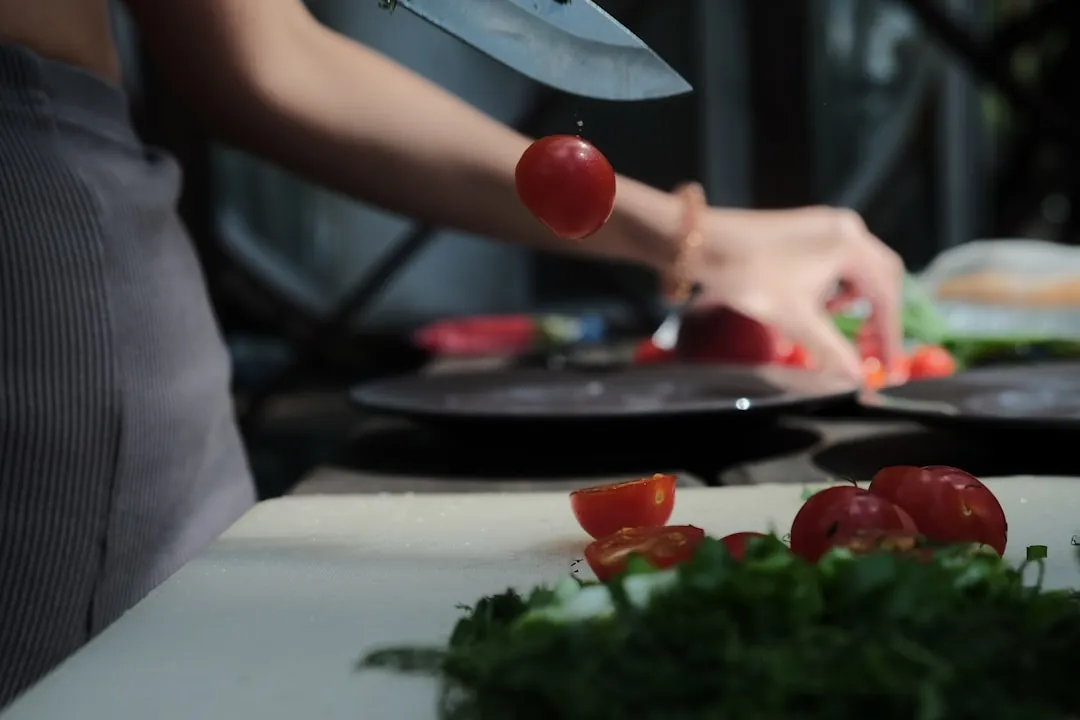



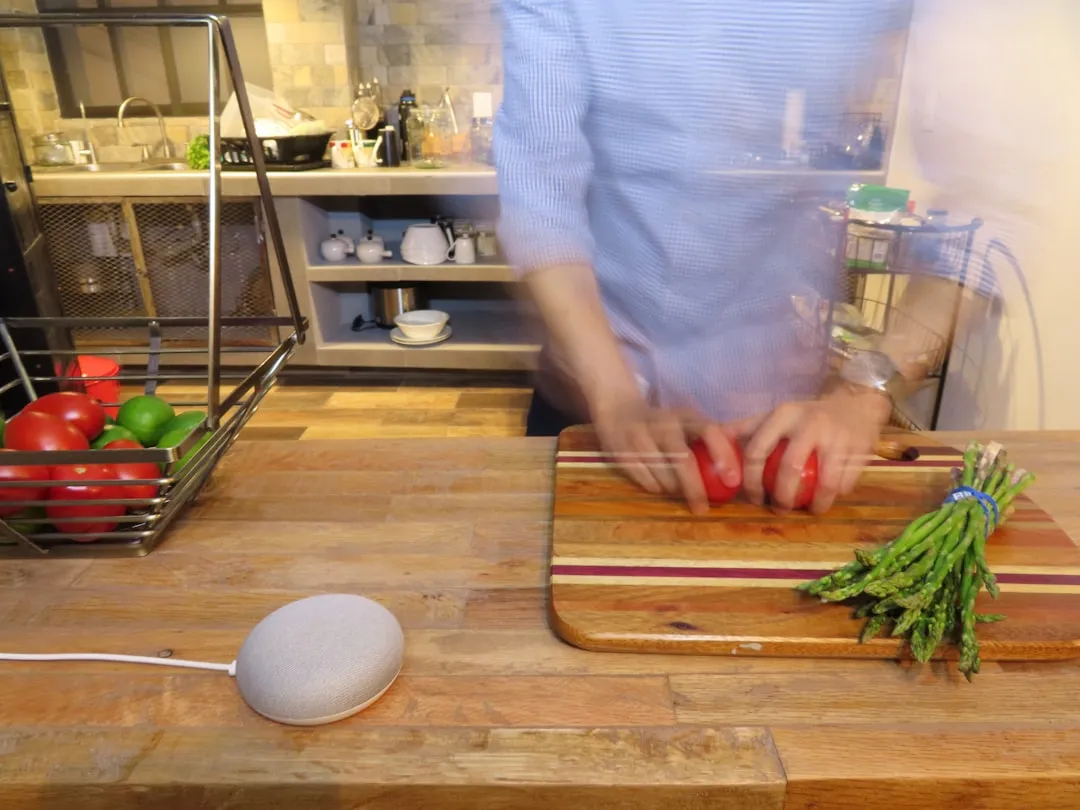



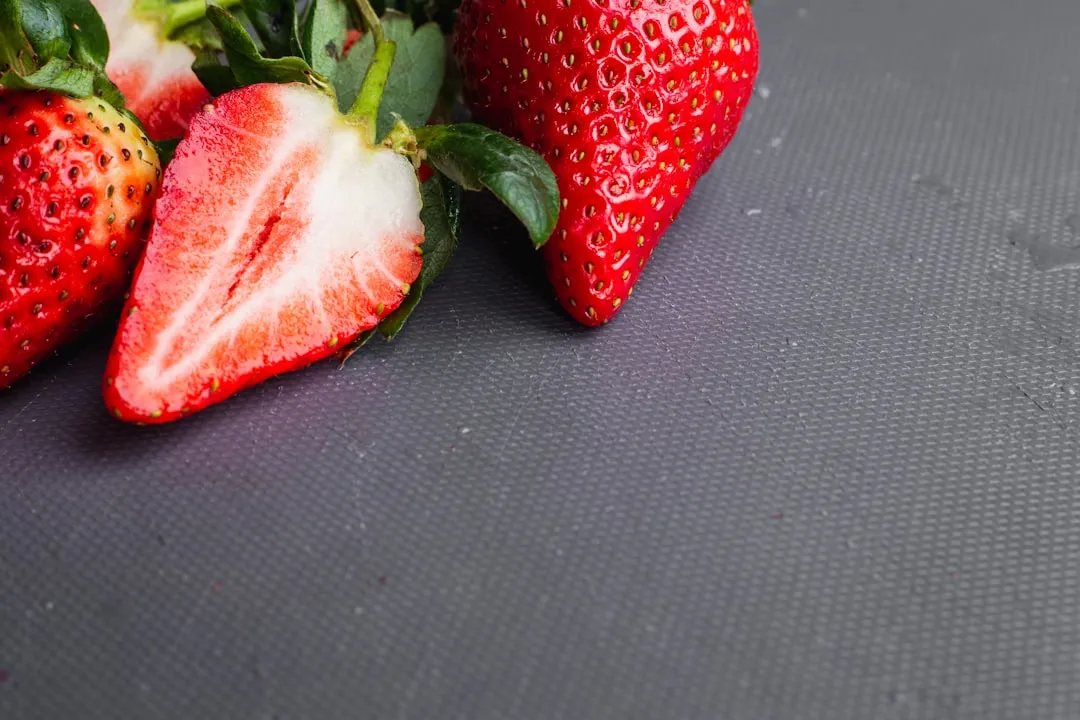

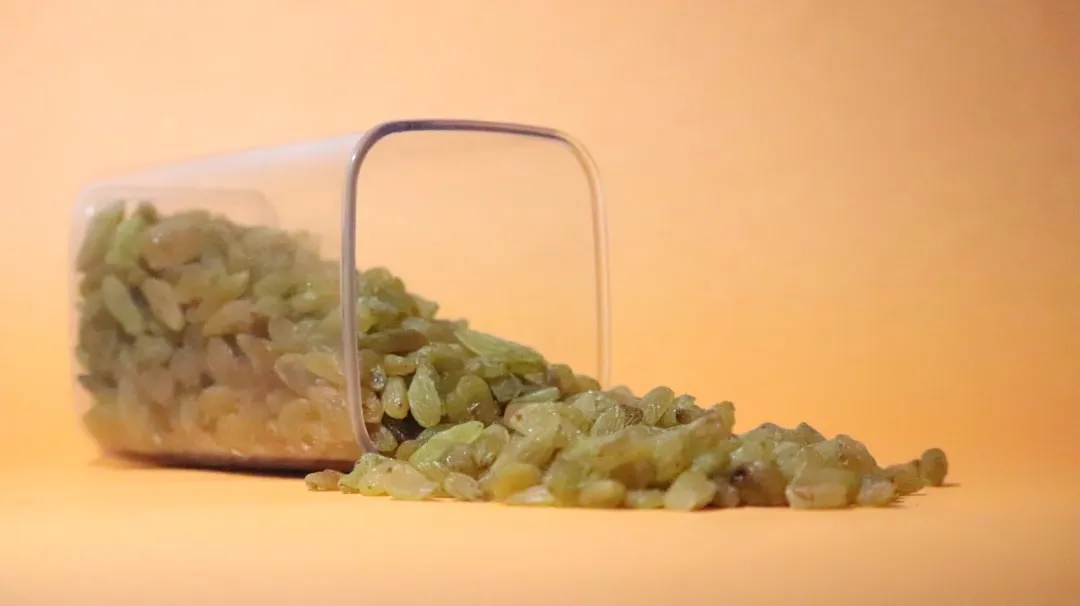
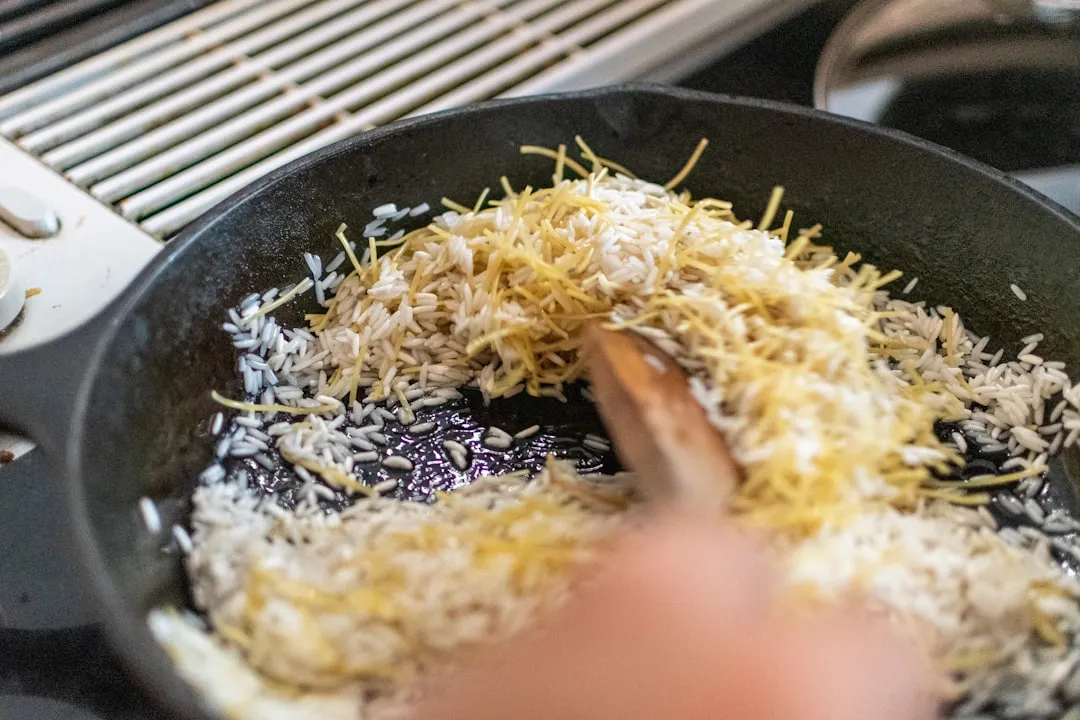


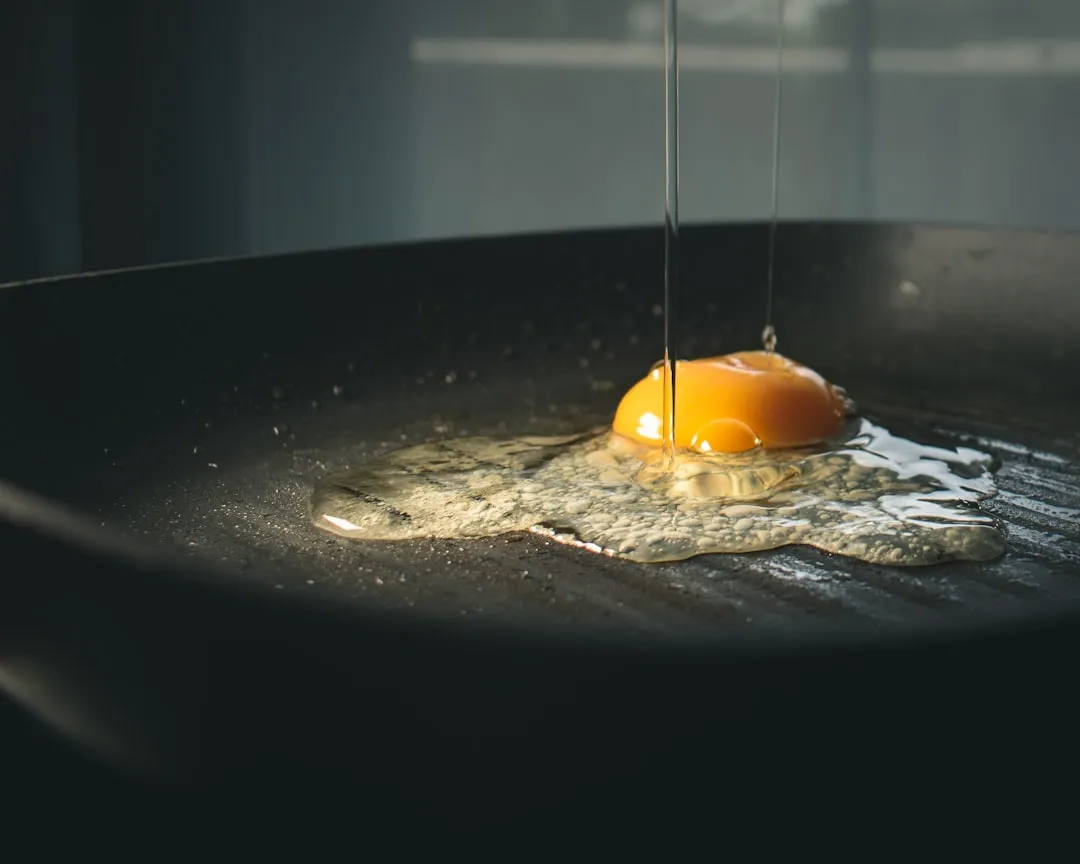
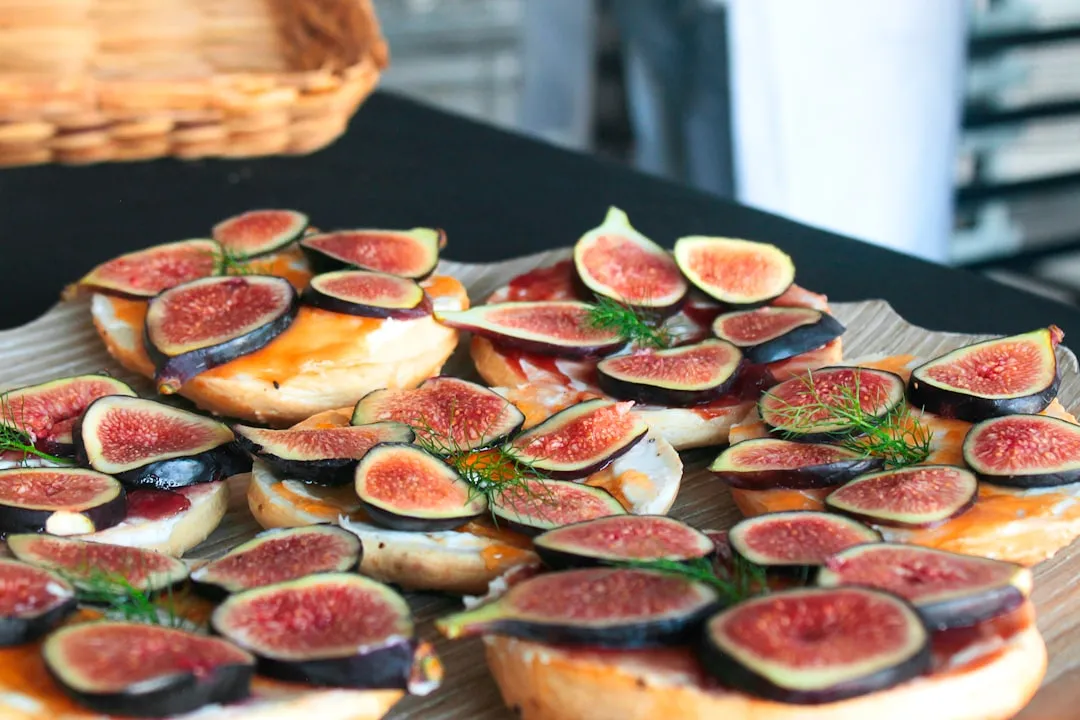

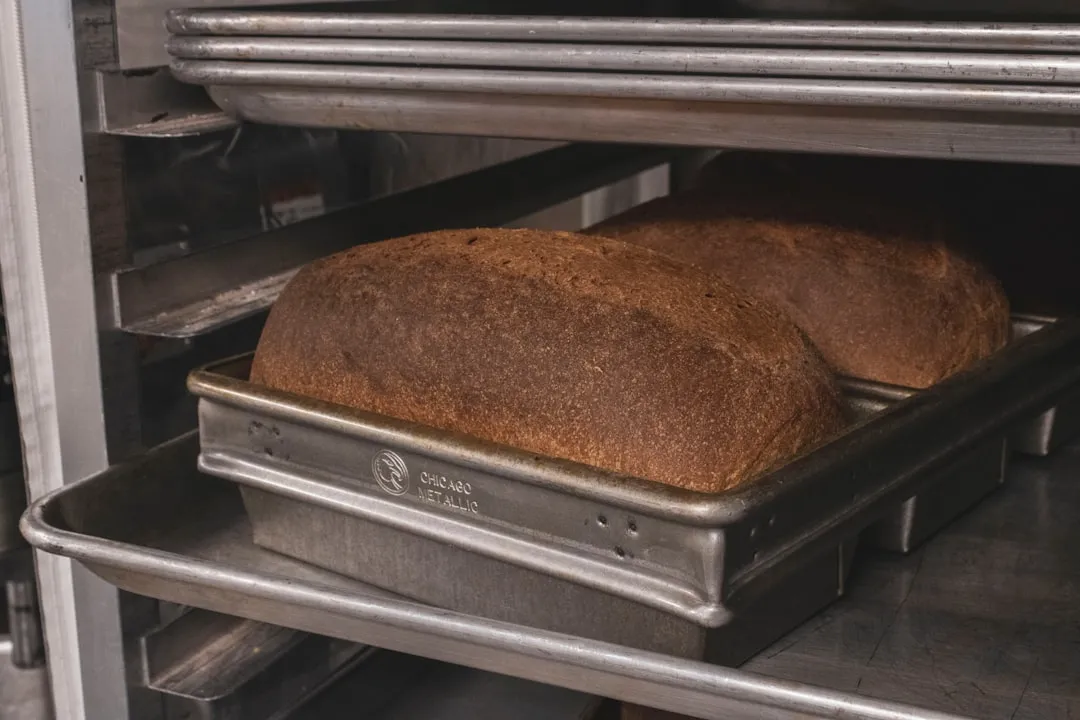
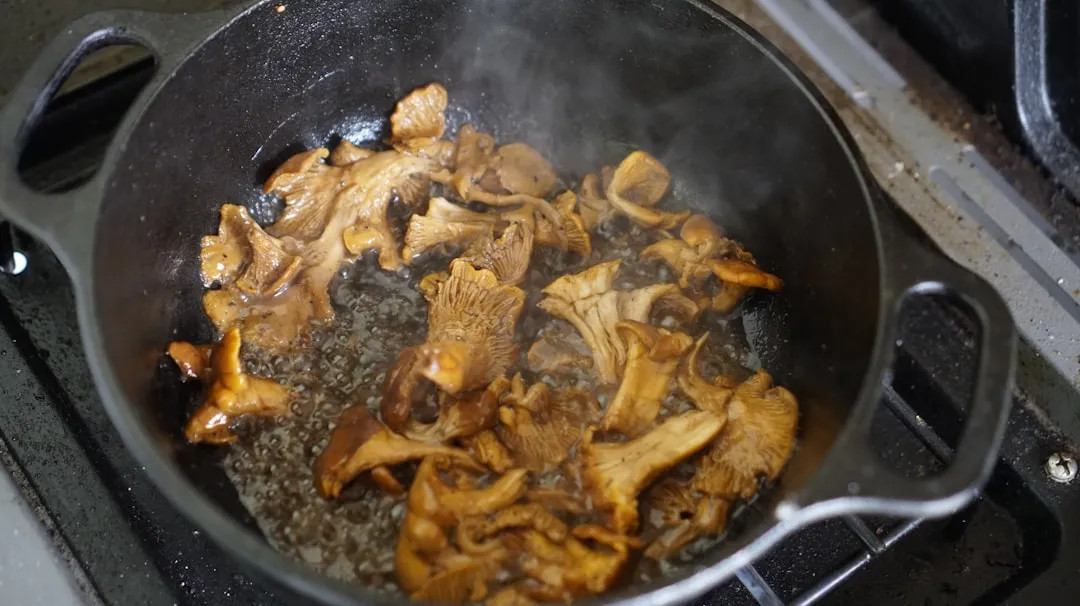
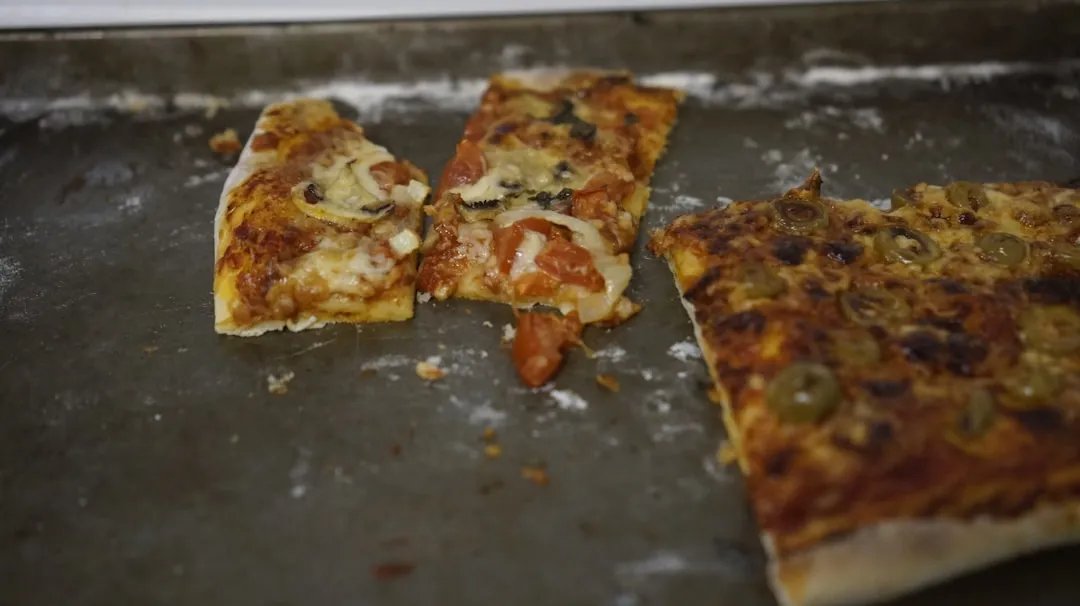

Comments
Be the first, drop a comment!